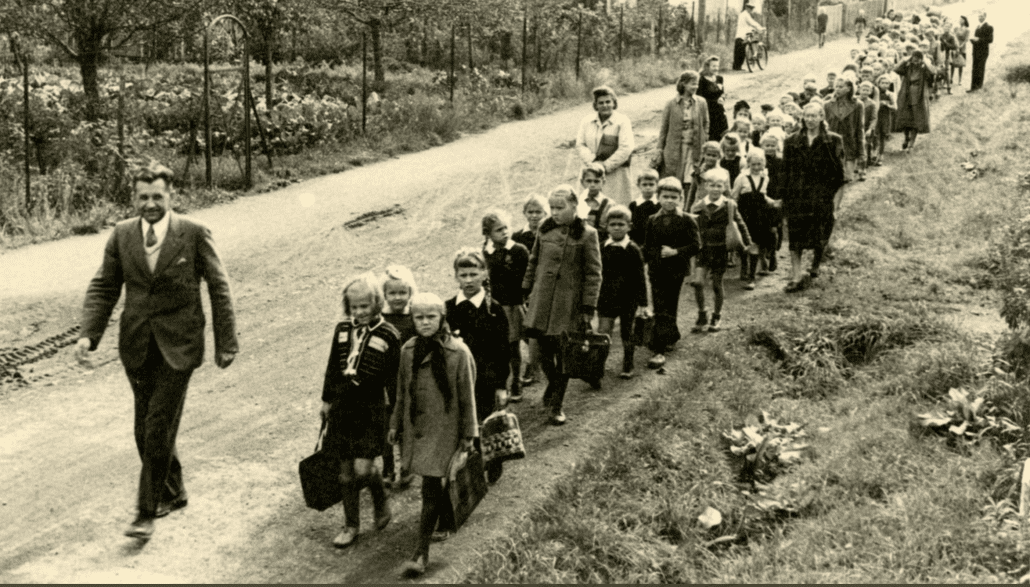I found it of interest to come across a tweet from the Canadian Museum of Immigration at Pier 21 which features the photo that I have posted
The caption reads: “Latvian immigrant, Janis (John) Vevers remembers… starting #school in the Junkers Displaced Persons camp as Baltic professors and teachers created materials and taught multi-graded, multi-lingual groups of students.”

Latvian immigrant, Janis (John) Vevers remembers… starting #school in the Junkers Displaced Persons camp as Baltic professors and teachers created materials and taught multi-graded, multi-lingual groups of students. Source: Canadian Museum of Immigration at Pier 21
The tweet includes information about the source of the photograph:
Photograph of school children at Junkers DP Camp in Germany, 1946
Of related interest:
Why Do We Need a Museum of Immigration?
The latter item brings to mind a book by Monica MacDonald which is highlighted at a post entitled:
Recasting History (2019) features informative analysis of CBC profiles of Canadian history
My own interest in these topics is based upon the fact that I remember vividly my arrival, at age five as a member of an Estonian refugee family, at Pier 21 in 1951:
Click here for previous posts about Estonia >
I owe thanks to the fact that my family was permitted to settle in Sweden as refugees after arriving in that country in September 1944. I owe thanks to the fact that Canada enabled our family to settle in this country in 1951.
This post refers to a particular time and place. Among many other reminders of that time is a series of CBC videos highlighted at a September 2020 CBC website article entitled: “Lost home movies of the Nazis: A candid look at what life was really like for those living in, and under Hitler’s Swastika – at home – and abroad, a record not only of what they saw, but of what they knew.”
Displacement
Among other things, the topic we are dealing with is displacement, which in turn brings to mind a Sept. 9, 2020 New Humanitarian article entitled: “Change in the humanitarian sector, in numbers: A deep dive into 25 years of data.”
An excerpt reads:
One of the primary reasons people need humanitarian aid is due to being pushed from their homes by violence or natural hazards. Nearly six times more people are displaced today than 25 years ago. People who cross international borders (refugees) used to be the majority, but the trend has changed: Those displaced within their own countries (internally displaced people or IDPs) now make up two thirds of the total.

Leave a Reply
Want to join the discussion?Feel free to contribute!